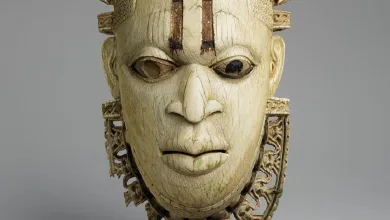Protestant Christianity
Protestant is an umbrella term generally used to describe a vast variety of churches that are neither Roman Catholic nor Eastern Orthodox. The name comes from the “protests” by Martin Luther, John Calvin, and many others against abuses of power and some doctrines in the Roman Catholic Church. The Reformers were people of the fourteenth through the seventeenth centuries who sought to bring change to Christianity in Europe. Their writings continue to exert substantial influence over hundreds of millions of believers today.
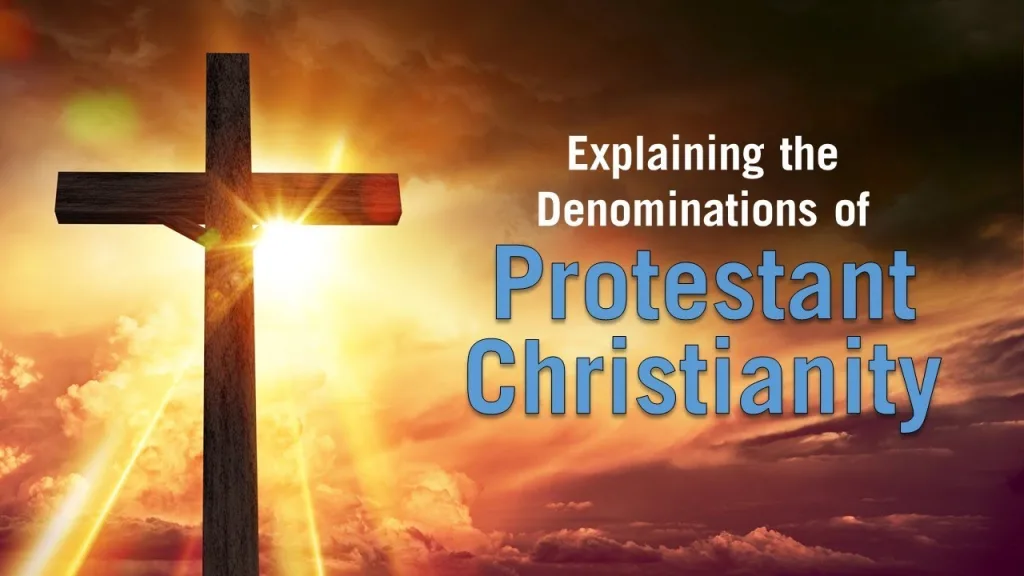
Historically, the Protestant Reformation began as an attempt to, as the word implies, reform Christianity. Luther and the others saw their efforts not as bringing anything new to the faith but as restoring biblical teaching and practice established prior to the development of Rome’s papal system. They didn’t intend initially to form a new church organization—they did so only after they were excommunicated (removed from membership) and threatened with death by the Catholic Church hierarchy. The congregations that followed the Reformers became the Protestant churches.
That the word reformed is utilized in countless ways today can be confusing. The Reformation period produced several organizations. The churches following Luther’s teaching and leadership came to be called Lutheran, while those that followed Calvin were called Reformed, even though both were part of the Reformation and are relatively similar in doctrine. Over time, the Reformed churches subdivided, usually along national lines, into many denominations (e.g., the Dutch Reformed Church, the Reformed Church of America).
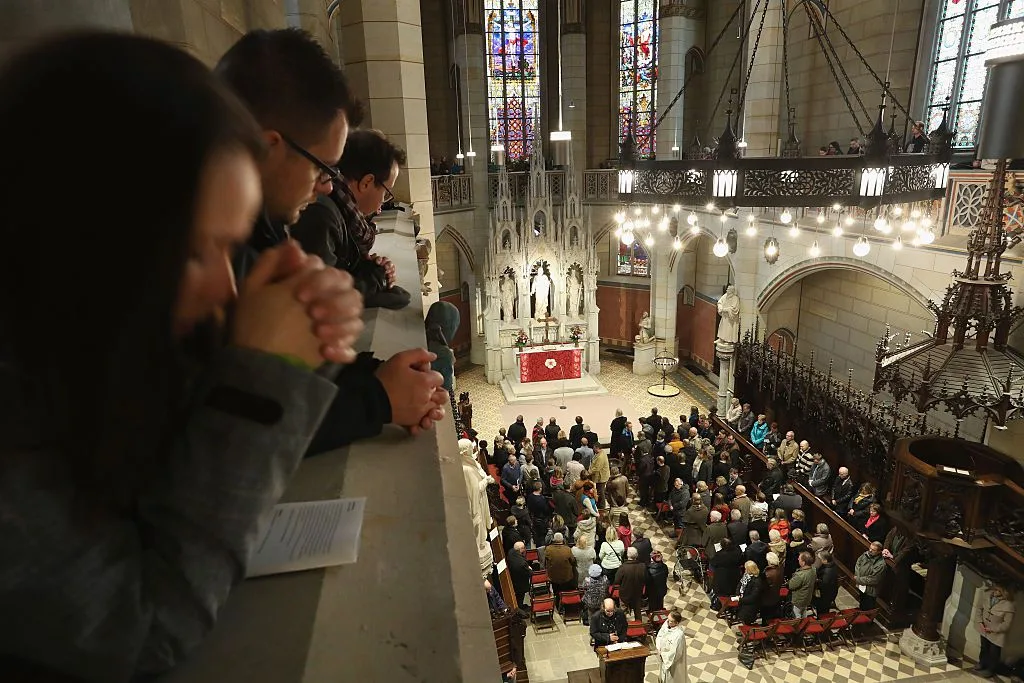
Calvin’s doctrines, with additions by a number of others, came to be called Reformed Theology, best known for its doctrine of God’s sovereignty, especially in election, God’s choosing of who will be saved. Over the years, newer denominations, notably the Presbyterians and many Baptist groups, embraced most of Calvin’s “reformed” doctrines, while disagreeing with some beliefs and practices of the Reformed Church.
Historically, two core issues framed the Protestant disagreement with Catholicism. The first concerns salvation, the way in which a person avoids God’s righteous judgment on the sinful nature and is reconciled into right relationship with him. Protestants insist that the Bible clearly states salvation is “by grace alone, through faith alone, in Jesus Christ alone,” in contrast to a combination of grace and good works.
The second, Sola Scriptura, is the belief that the Bible is the final authority for determining doctrine and practice rather than a combination of Scripture and tradition. Additional areas of divergence grew over time as Protestant leaders refined and developed their doctrines.
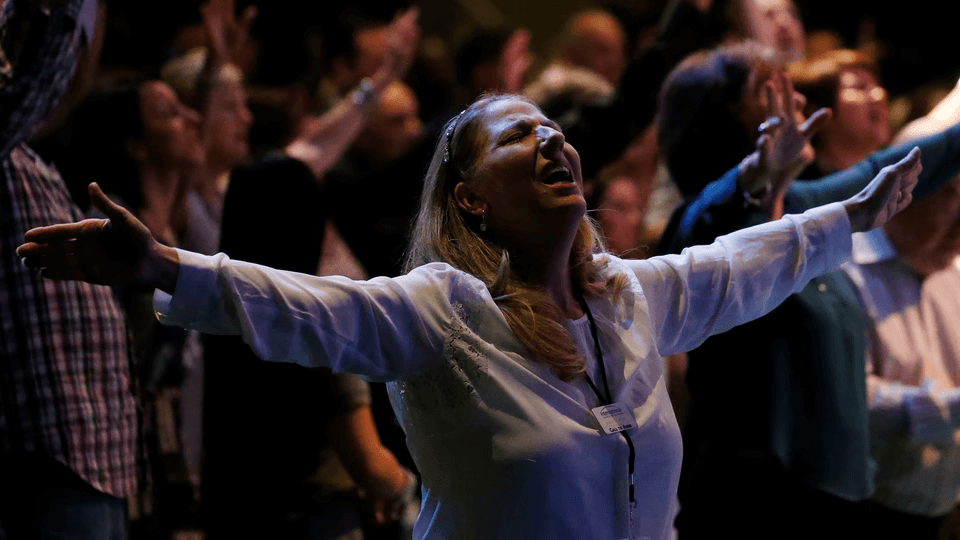
The various Protestant churches survived Roman Catholic attempts to exterminate them, in part because many European political leaders saw in them the chance to escape papal oppression and attain greater regional autonomy. Ultimately, Protestants contributed considerably to the rise of nationalism and the development of today’s European countries. This association developed into the state church system, in which a whole country officially recognized just one denomination (e.g., the Lutheran Church in Sweden or Norway)
Unfortunately, this also led to a number of wars, both civil (within one country) and between Catholic and Protestant countries. Some nations were tolerant of those whose beliefs were not in step with the state church, such as Holland, which, although officially Dutch Reformed, became a haven for persecuted Christians from France, England, and elsewhere (such as the Pilgrims who later settled Plymouth Colony in North America). Elsewhere, persecution of dissenters ranged from moderate to severe. In some Protestant countries, Catholics were persecuted, and many Protestants were killed in France and other Catholic countries.
Persecution extended even to other Protestants of the “wrong” variety. The Baptist pastor John Bunyan, author of Pilgrim’s Progress, spent much of his adult life in prison for refusal to “conform” to the Anglican Church.
New denominations proliferated as Protestant Christianity spread across Europe and then into North America. Beginning in the nineteenth century, the changes reached Africa and Asia. Without the central leadership authority that characterizes the Catholic Church, formation of new organizations is much easier. Sometimes these groups began because of doctrinal disputes.
For example, Freewill Baptists in England split from the majority of Baptists (who theologically were closer to the Reformed Church). Some developed due to geography and politics. After American independence, for instance, Presbyterians in the U.S. chose independence from their Scottish origins. Baptists and many other American denominations split over slavery (it has been argued that this was more a doctrinal dispute than a political one).
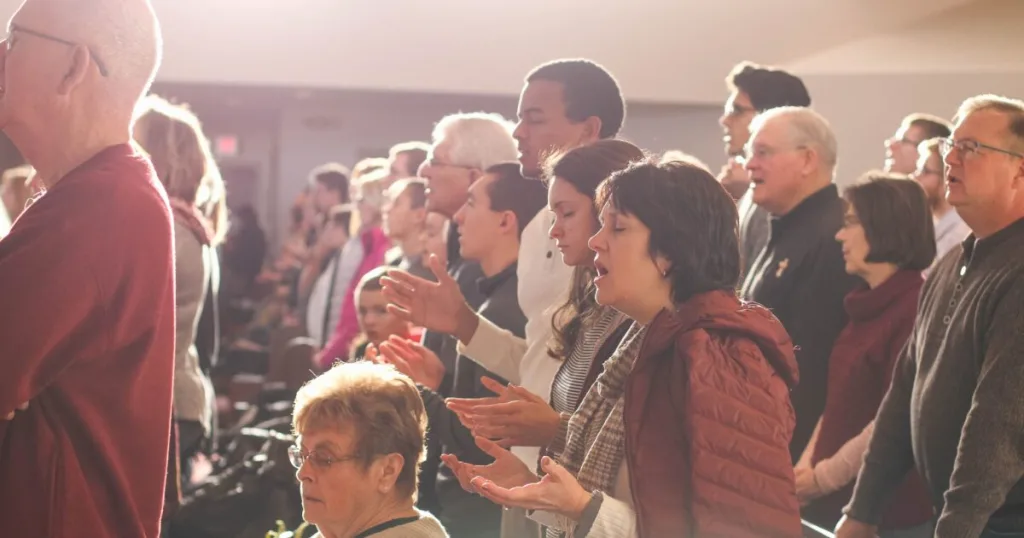
Spiritual revival has also led to the creation of denominations. The Azusa Street Revival of 1906, for example, led to the formation of the Apostolic Faith Movement, the Assemblies of God, and many other Pentecostal groups. Sometimes new groups form because of conflict of personality or conviction between leaders.
The twentieth-century Ecumenical Movement attempted to reverse the trend of proliferation with the goal of merging Protestants into one organizational structure. They’ve seen limited success with the United and Uniting Churches in Canada and Australia respectively; in both countries Methodists, Presbyterians, and Congregationalists merged into one organization. The movement has had more success encouraging cooperation between denominations through the World Council of Churches and its national affiliates than in bringing about organizational mergers and a reduction in the number of denominations.
An Extra Minute
How many Protestant denominations are there? The diversity and geographic expansion of Protestant Christianity makes counting difficult. There are more than fifty different Baptist groups just in the U.S., where the largest, the Southern Baptist Convention, has more than sixteen million members. Adding to the complications is globalization: If missionaries of one denomination in one country start new churches in another country and those churches form an association, is that a new denomination or part of the original? They are usually independent (though related) organizations, but not always. At the beginning of the twenty-first century, renowned researcher David Barrett counted 33,830 Protestant denominations globally (in World Christian Encyclopedia).
Morgan, G.R. (2012) Understanding World Religions in 15 Minutes a Day. Minneapolis, MN: Bethany House Publishers, pp. 34–37.


